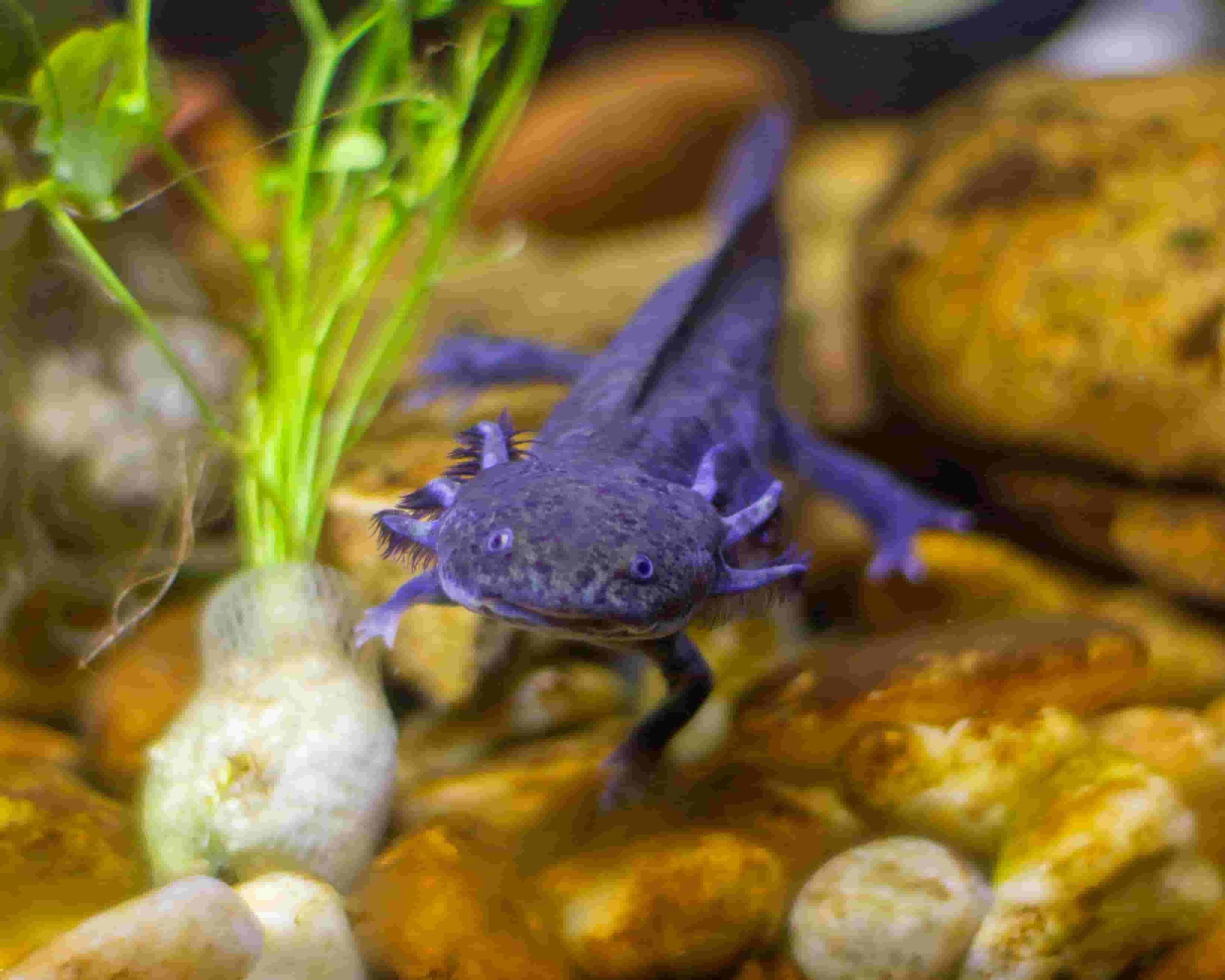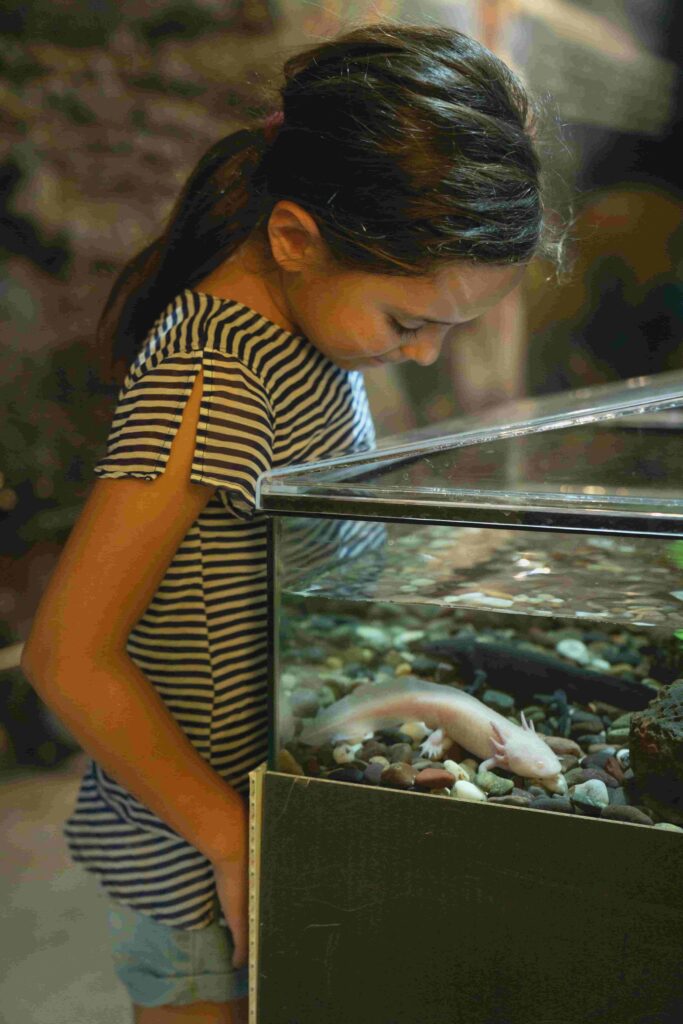
Introduction
In our rapidly changing world, the survival of numerous rare and endangered species is hanging in the balance. The urgency of protecting these creatures cannot be overstated, as they play a vital role in maintaining ecological balance and biodiversity. This article delves into the critical issue of rare animals in peril and explores why conservation efforts are of utmost importance.
The Biodiversity Crisis
The world is currently facing a biodiversity crisis, with species disappearing at an alarming rate. This phenomenon is driven by factors such as habitat destruction, climate change, and poaching. It’s essential to understand the gravity of this situation and why we must take action to protect rare animals.
The Role of Rare Animals in Ecosystems
Rare animals, often referred to as keystone species, play a unique and crucial role in their ecosystems. They have a disproportionate impact on their environment, influencing the presence and abundance of other species. For instance, the sea otter’s presence in kelp forests helps control sea urchin populations, which, if left unchecked, can devastate the kelp. By protecting rare animals, we safeguard the health of entire ecosystems.
The Ethical Imperative
Conservation isn’t just about preserving biodiversity; it’s also a matter of ethics. Humans are responsible for many of the threats rare animals face, from habitat destruction to poaching. As stewards of the planet, we have a moral obligation to protect these vulnerable creatures.
The Intrinsic Value of Rare Animals
Rare animals have intrinsic value simply because they exist. Each species has a unique evolutionary history, and their presence enriches the tapestry of life on Earth. To allow them to disappear due to our actions would be a tragedy.
Economic Benefits
Conservation efforts not only benefit the environment but also have economic advantages. Ecotourism, for example, is a thriving industry that generates revenue and jobs in regions where rare animals are protected.
The Power of Ecotourism
Many people travel the world to catch a glimpse of rare and exotic wildlife. By conserving these species and their habitats, we create opportunities for ecotourism, boosting local economies and incentivizing conservation.
Scientific Discoveries
Rare animals often hold the keys to scientific breakthroughs. Their unique adaptations and behaviors can provide insights that benefit medical research, technology, and other fields.
Bioinspiration
Nature has been a source of inspiration for countless innovations. From the study of gecko feet leading to advancements in adhesive technology to the development of new medications based on compounds found in rare plants, the potential for scientific discoveries through the study of rare animals is vast.
A Journey Through the Unknown
The Fascinating World of Axolotls
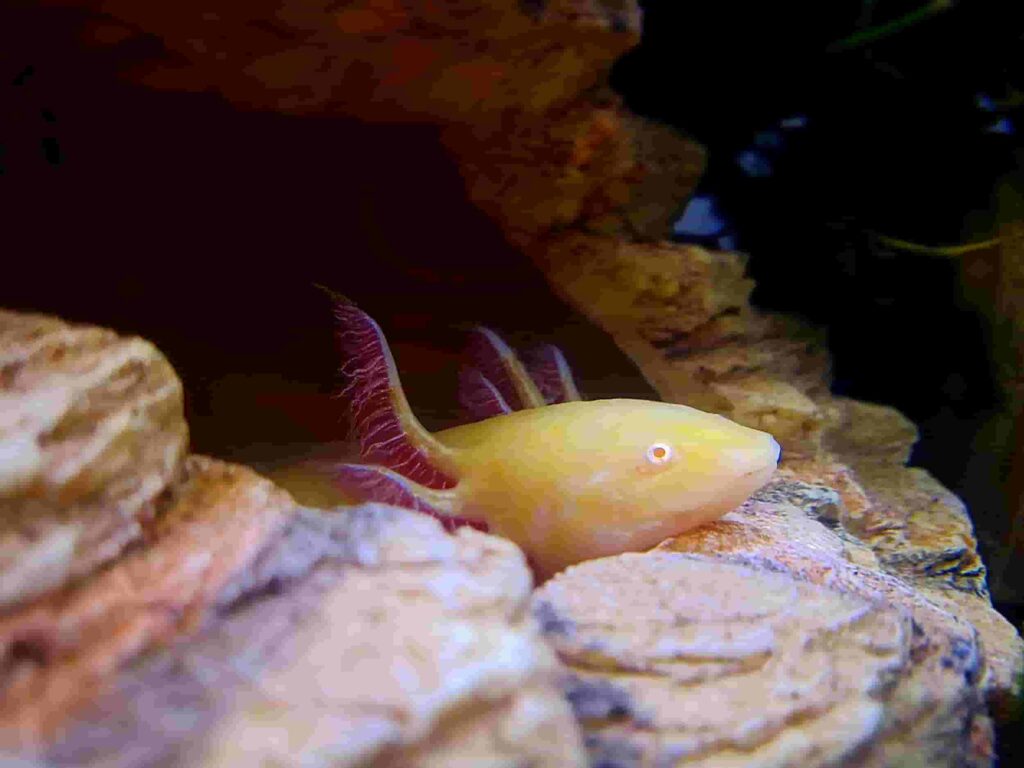
Our journey begins with the axolotl, a creature often referred to as the “Mexican walking fish.” This aquatic salamander exhibits a unique ability to regenerate lost body parts, making it a subject of fascination for scientists. However, the axolotl’s habitat, the Xochimilco canals in Mexico, is rapidly disappearing, endangering this extraordinary species.
The Elusive Okapi: A Forest Ghost
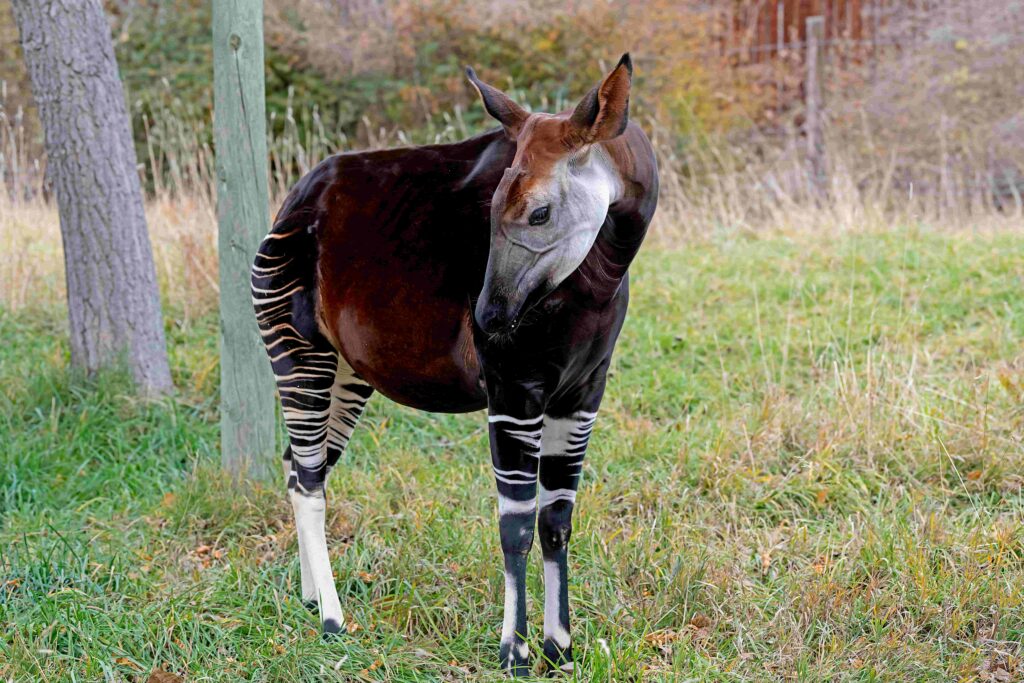
Moving deeper into the heart of the Congo rainforest, we encounter the okapi, often dubbed the “forest ghost.” This elusive relative of the giraffe is known for its striking zebra-like stripes on its hind legs. Despite its unique appearance, the okapi remains one of the world’s least-known animals, hidden away in the dense jungle.
The Mysterious Pangolin: Armor-Clad and Gentle
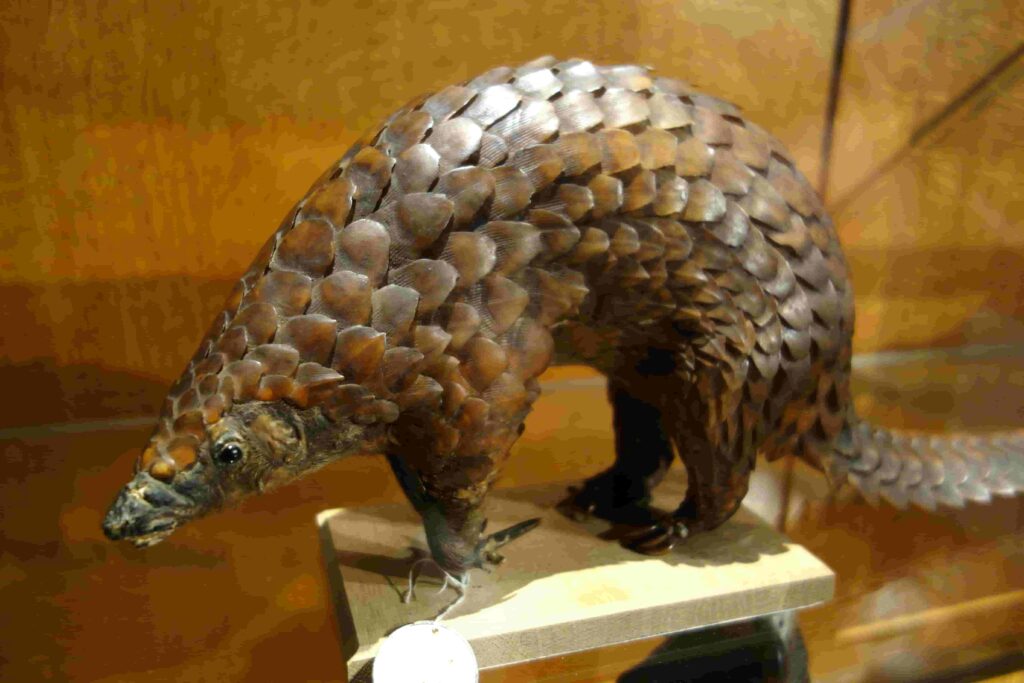
Our exploration wouldn’t be complete without meeting the pangolin, a scaly wonder often called the “armor-clad anteater.” Pangolins are the world’s most trafficked mammals, sought after for their scales and meat. Their conservation has become a global priority to save them from extinction.
Conclusion
Rare animals are not merely curiosities or footnotes in the book of life; they are integral to the health of our planet and the well-being of future generations. Conservation efforts are not a luxury but a necessity. It’s our responsibility to ensure that these remarkable creatures continue to thrive in the wild.
FAQs
Why are rare animals important for ecosystems?
Rare animals often act as keystone species, influencing the balance of entire ecosystems. Their presence can prevent the overpopulation of certain species, ensuring ecological harmony.
How can I contribute to rare animal conservation?
You can support conservation organizations, raise awareness about the importance of conservation, and make sustainable choices in your daily life.
Do conservation efforts really make a difference?
Yes, they do. Conservation efforts have led to the recovery of numerous species on the brink of extinction, proving that with dedication and resources, positive change is possible.
What are some success stories in rare animal conservation?
Examples include the recovery of the California condor and the black-footed ferret. These species were once critically endangered but have made remarkable comebacks thanks to conservation efforts.
How can I get involved in ecotourism responsibly?
You can choose eco-friendly tour operators, respect wildlife viewing guidelines, and minimize your environmental impact while enjoying the wonders of nature.

